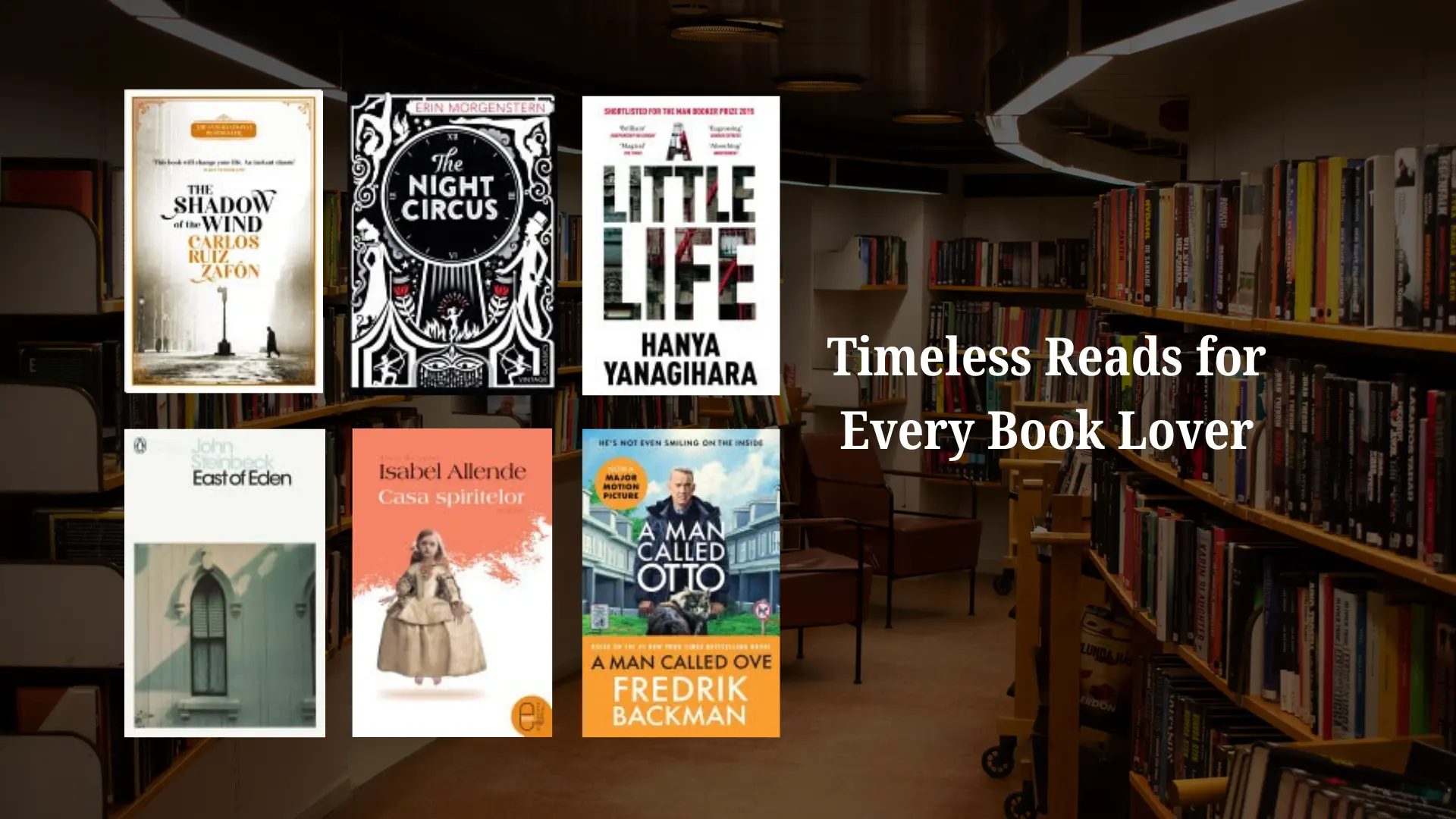Bridging gap between luxury and budget handbags, D2C brand Miraggio eyes offline expansion
Bootstrapped for four years, Gurugram-based Miraggio turned profitable in FY24 and aims to reach net revenue of Rs 100 crore in FY25.
Since 2019, direct-to-consumer (D2C) mass-premium bag maker has been carving a space for itself in the handbags segment, which has been divided into the two extremes of luxury and budget-friendly products. With its products priced at an average of Rs 3,000, the Gurugram-based brand attempts to fill the void in the premium handbags segment.
Miraggio has been operating exclusively as an online brand, selling through its website as well as various marketplaces including , , Ajio, , and Tata CLiQ, among others. Now, it plans to firm up its omnichannel strategy and extend its reach to multi-brand outlets such as Shopper Stop and Lifestyle, and establish a presence in airports through its brand stores or kiosks.
The ambition is to reach Rs 100 crore annual recurring revenue (ARR) by FY25.
“Our ability to build the brand on the digital front across the domains, staying ahead of fashion trends, bringing the agility to launch bags every month and adapting to emerging trends are our key differentiators,” says Mohit Jain, Founder of Miraggio.
Homegrown handbags
Jain built the brand as a made-in-India alternative that matches the quality and experience offered by luxury handbags. Due to the pandemic, it could only start selling in September 2021.
“On one side there were these purely mass-market products like Caprese, Lavie, and all other hundreds of brands sitting below Rs 2,000 price point. And the other segment was premium priced international brands at almost double the price point at what they were offering in their respective countries,” he tells YourStory.
To position itself in the Rs 2,000-6,000 price range, its team of 10, including four Indian designers and two consultants from abroad, creates the designs in-house but outsources the manufacturing to factories across Asia. The contract manufacturers send the team samples to assess, and based on feedback, the final selected designs go into production.
The startup has also strives to reduce its environmental impact and promote ethical practices. The bags are made of faux leather and Miraggio uses recyclable materials for packaging. Further, each order comes with a reusable dust bag.
“These dust bags serve a dual purpose—they protect our products and encourage our customers to minimise waste by using these bags in their daily lives,” explains Jain.

Business model and traction
The startup primarily sells to a target group of under 35. As of May 2024, it has a gross merchandise value of Rs 80 crore.
Around 25-30% of Miraggio’s business comes from its D2C website, with the remaining from ecommerce marketplaces. Jain says the brand has a 26% customer retention rate and is seeing a 15% month-on-month growth on Myntra, where it’s one of the top contributors, and is seeing similar traction on other marketplaces.
The brand offers products in four categories: satchel, tote, crossbody, and shoulder bags. With over 350 SKUs currently live, Miraggio anticipates a substantial expansion, projecting 500-600 SKUs within the next 12 months.
It spends 17-18% of its expenses on branding and marketing alone.
“Our core brand strategy caters to consumers between the age group of 20-35 years but my personal belief is that we make interesting products for interesting people, irrespective of age group,” explains Jain.
Funding and way ahead
The handbag market in India is competitive, with players including Zouk, Charles & Keith, Aldo, and Da Milano. The market is projected to reach nearly $2 billion by 2025, as reported by Research and Markets and Euromonitor International.
“In such a competitive space, despite being almost double the price point from what the average handbag price point is in the Indian landscape, we are still able to grow at 120% year-on-year. We are today a profitable brand as well,” says the founder.
In November, the fashion accessories brand raised $1.2 million in its pre-Series A funding round co-led by Seven Rivers Holding and Magnetic. The company was earlier bootstrapped and self-funded by Jain and his family.
“We have built this brand very sustainably, without burning money. The capital with which I built this business is very little compared with other businesses at this stage...it's a very frugal way of running the business,” he adds.
In the next six months, the brand plans to launch new subcategories, such as backpacks, wallets, small leather goods, laptop sleeves, and laptop bags.
“We plan to be a purely women-centric brand for the foreseeable future,” says the founder.
Edited by Kanishk Singh








